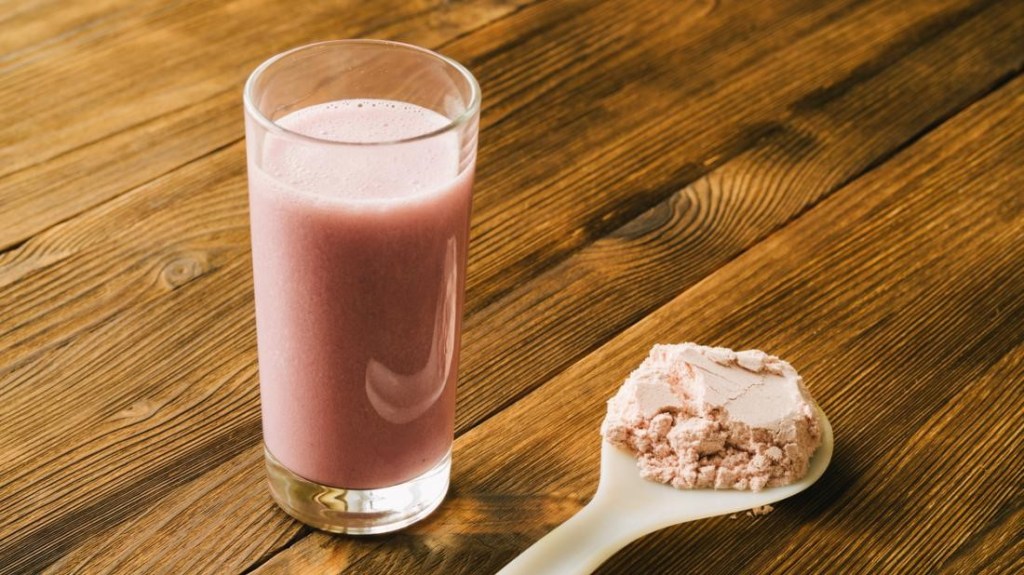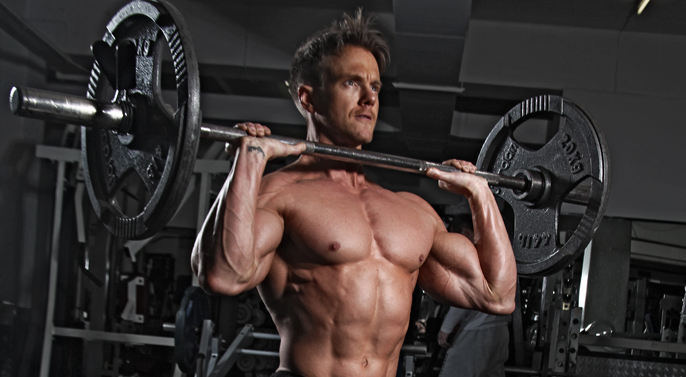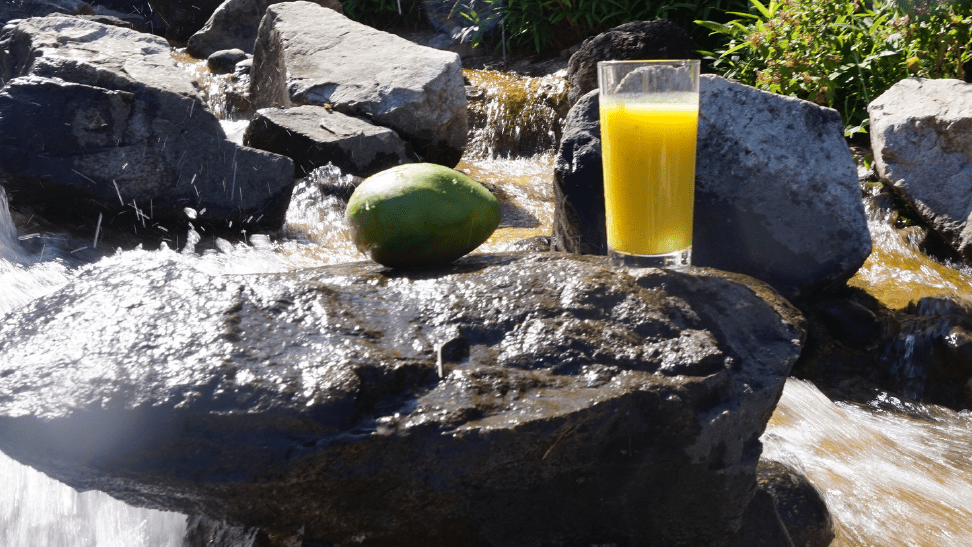The protein shaker is nowadays very often associated with weight training. It appears as an inseparable part of training, as a snack after the session. But is it really mandatory to drink a protein shaker or are there other alternatives out there?
Why is a post-workout snack so important?
The post-workout snack is clearly not to be overlooked if you want to speed up muscle recovery and achieve your goals faster. And it is not necessarily the consumption of a shaker itself but of a protein snack that will be important.

In fact, during strength training, muscle fibers are broken; and the main components of these fibers are proteins. It is therefore necessary to provide it through the diet for the body to repair damaged tissue and build new tissue (it is for this reason as the muscle grows).
And why is it widely believed that it is better to consume protein powder (shaker) rather than a regular meal after training? Mainly because the rate of absorption (and therefore use by the muscles) is accelerated.
Indeed, powdered proteins are in a way “predigested”
and the body will have less work to do to break them down into acids
amino acids, the components of proteins that are used by the body.
Beyond protein, it is also beneficial to consume high glycemic index carbohydrates after training, as these will help proteins to be metabolized more quickly.

Consuming only protein (example: shaker with 20g of soy protein + water) is much less efficient than consuming protein + carbohydrates with a rather high glycemic index (example: smoothie with 20g of soy protein + water + 2 bananas). Fruits are really well suited for providing post-workout carbohydrates.
Antioxidants can also be added (more details below), because they are linked to recovery. They will decrease muscle stiffness and strengthen the immune system, to help maintain volume ‘sustained training.
So we can’t escape the shaker?
Of course not, it is quite possible to consume something other than a powdered protein shaker. A shaker is just more quickly usable by the body, but foods requiring a slower digestion process is completely suitable.
In other words: a classic meal will do the trick (example: 100g of tempeh + 1 sweet potato + 300g of green beans).
It’s just a matter of realizing that the shaker is easier to consume if you work out in the afternoon. Personally, I like to drink a smoothie after training. It’s simple, quick to prepare is particularly interesting because, like the shaker, it helps speed up assimilation (as food is crushed) while facilitating the consumption of proteins, carbohydrates and antioxidants.

Here are 3 examples of smoothies that are simple and that contain good amounts of protein, carbohydrates and antioxidants (which also have their interest in terms of recovery speed) without the use of protein powder:
Smoothie with:
– 30cl of soy milk with calcium (rich in protein)
– 1 tbsp of date paste
– 3 pinches of cinnamon
Smoothie with:
– 10 to 20cl of water
flat
– 20cl of milk
almond
– 30 to 40g of tofu
silky
– 2 ripe bananas
– 1 tsp or 1 tbsp of
lemon juice
Smoothie with:
– 30cl of coconut water
– 50g oatmeal
– 1/3 of a pineapple
– 10 almonds
– 2 pinches of nettle
These 3 smoothies are taken from the Vegan & Sports Smoothies Ebook, which you can find by clicking here . Don’t take the post-workout snack lightly! However, it’s up to you to choose the type of snack that’s right for you. Train with the heart, eat with the heart.

